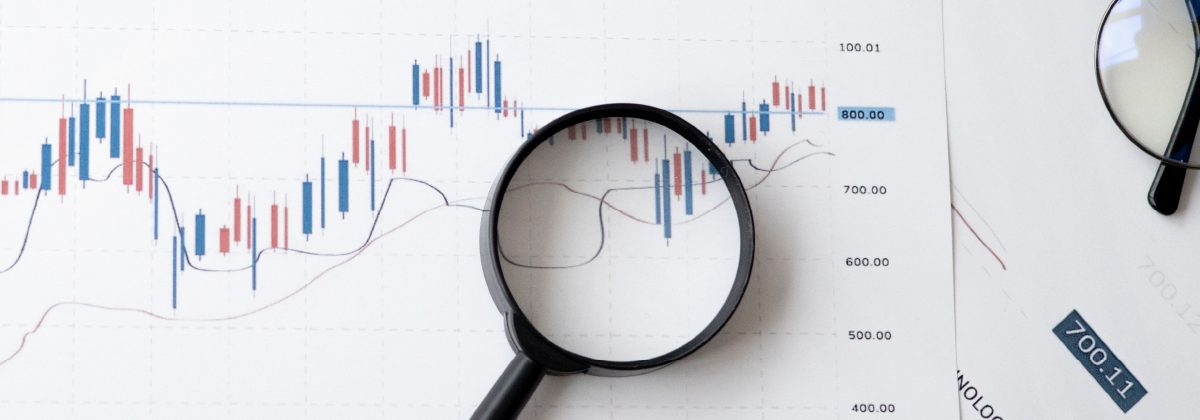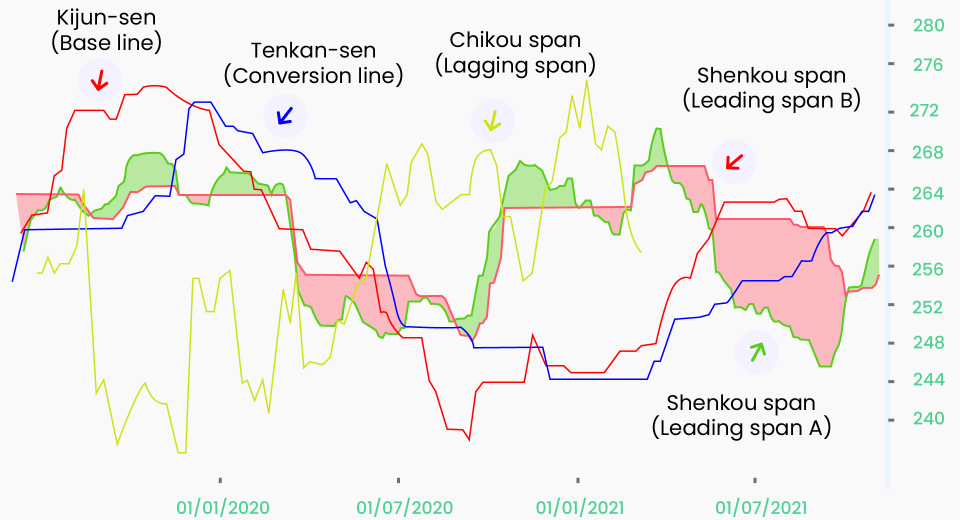How to Continue Trading During a Downturn

Most financial markets around the world exploded during the pandemic in 2020. Many new traders signed up and began their trading journey that year. Stocks and indices spiked, while trading volumes of most major instruments went through the roof. However, this euphoria was followed by concerns around a global economic slowdown in 2022 and 2023, from 6.0% in 2021 to 3.2% in 2022 and 2.7% in 2023. Sentiment plays a key role in determining the direction of the financial markets, which tend to stage a downturn amid economy-related concerns. Should traders steer clear during such times?
The good news is that financial markets offer trading opportunities even in a downturn. Bear markets can be as exciting as bull markets, provided traders know which trading strategies to follow, how to identify opportunities and how to protect themselves against undue risks from sudden movements.
Did you know?
Although cash is considered the ‘true’ asset, it offers no returns and instead loses its value over time due to inflation.
Going Short
Shorting is a transaction where a trader sells an asset first and buys it later. This trading strategy is used when the price of an asset is expected to decline. The asset is sold at a higher price today and bought at a lower price at a future date, with the intention of making a profit from the difference in the two prices. The downside of this method is that it can be a little confusing for beginners but trading CFDs does simplify the concept as we will see.
Trading in CFDs
Contracts for difference (CFDs) are derivatives that allow traders to speculate on the price movements of an asset without having to buy and hold the underlying asset. Since you can speculate on price movements in either direction, CFDs offer trading opportunities in both bear and bull markets. There are CFDs for trading all assets in the financial markets, including forex, stocks, indices, commodities, and precious metals. CFDs do not come with a fixed expiration, which means you close the position manually, or when your stop levels are triggered. We’ll discuss stops further down the article.
Tip
CFDs are leveraged products. If you’re new to trading, it’s best to avoid using high leverage until you have more experience and confidence.
Risk Management is Your Best Friend
Negative news tends to evoke a stronger response than positive ones. This means the financial markets may move quickly during a broader downturn. In such a scenario, it becomes even more important to adopt risk management measures.
Tip
Evaluate your risk tolerance and avoid trading with money you cannot afford to lose.
Stop Loss and Take Profit
Setting up stop loss and take profit orders with every trade is even more important when trading in a bear market.
Stop Loss: This is an advance order to close an open position when the instrument reaches a predetermined price. It is an automatic order that is set up to limit the losses in case the market moves sharply against you. Traders typically place the stop loss at a price point that represents the maximum loss they are willing to bear in that trade.
Tip
It is a good idea to place your stop loss just above the resistance level in declining markets.
Take Profit: A take profit is an automatic order to close your open position when the instrument reaches a predetermined price. This ensures that you exit the trade when your target profit is reached and prevents you from losing out in case the market reverses.
Diversify
Diversification is key for a sound defensive trading strategy in a bear market. The age-old saying of not putting all your eggs in one basket is the mantra for trading during a market downturn. For this, you will need to identify assets that tend to have a negative correlation. For instance, gold and stocks have a negative correlation. While the US dollar typically exhibits a direct correlation with the Nasdaq 100, the British pound often has a negative correlation to the FTSE 100.
Trading stock indices is a great way to diversify your portfolio without the need to do thorough due diligence on each of the listed companies. The most popular indices are the S&P 500, Dow 30, Nasdaq 100, Dax 40 and FTSE 100. Indices offer exposure to a number of leading companies without traders having to own the individual companies’ stocks.
Did you know?
Sectors like healthcare, utilities, and consumer staples continue to perform well even during an economic slowdown. Indices that offer exposure to these sectors may be good for hedging risks associated with other sectors during a market downturn.
Reach Out for Safe Havens
These are assets that tend to be stable or even rise during an overall market downturn. The most popular safe havens are:
Gold: This generally performs well as it is one of the most traded precious metals and has earned the reputation of being a store of value.
US Dollar: Global reserves are stored in this currency. The greenback is also used as the base currency for international trade. All assets in the global financial markets are also priced in the US dollar.
Oil: Energy continues to be an essential purchase by countries, even when there is an economic slowdown. Oil is the most traded commodity and is a popular hedge against inflation.
Trading the Recovery
Downturns are not permanent, and you need to be prepared for a rebound. Traders can adjust their strategies and re-distribute their portfolios to include assets that tend to rise sharply with the first signs of a market recovery. For instance, cyclical and speculative stocks may be the first to rebound, and currencies of developed economies may soon follow suit. It’s a good idea to keep an eye on economic data releases to know when the tide begins to change. Traders should be prepared to go long on CFDs to take advantage of the recovering market conditions.
Markets are always moving. In the short term, prices of instruments will rise and fall, even amid an overall market downturn. Relying on technical analysis and risk management techniques, rather than emotions, distinguishes new traders from the pros.
Key takeaways for trading in bear markets:
- Go short or trade via CFDs if you expect prices to decline
- Choose sound risk management techniques and stick to them
- Indices are a good way to diversify your trading portfolio
- Keep an eye open for signs of a market recovery
Disclaimer:
All data, information and materials are published and provided “as is” solely for informational purposes only, and is not intended nor should be considered, in any way, as investment advice, recommendations, and/or suggestions for performing any actions with financial instruments. The information and opinions presented do not take into account any particular individual’s investment objectives, financial situation or needs, and hence does not constitute as an advice or a recommendation with respect to any investment product. All investors should seek advice from certified financial advisors based on their unique situation before making any investment decisions in accordance to their personal risk appetite. Blackwell Global endeavours to ensure that the information provided is complete and correct, but make no representation as to the actuality, accuracy or completeness of the information. Information, data and opinions may change without notice and Blackwell Global is not obliged to update on the changes. The opinions and views expressed are solely those of the authors and analysts and do not necessarily represent that of Blackwell Global or its management, shareholders, and affiliates. Any projections or views of the market provided may not prove to be accurate. Past performance is not necessarily indicative of future performance. Blackwell Global assumes no liability for any loss arising directly or indirectly from use of or reliance on such information herein contained. Reproduction of this information, in whole or in part, is not permitted.
References:
- https://ddnews.gov.in/international/global-growth-forecast-slow-60-2021-32-2022-27-2023/




